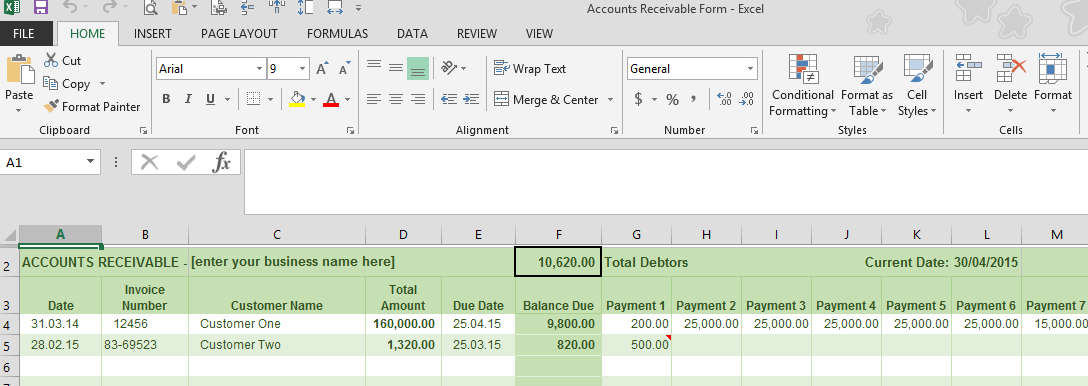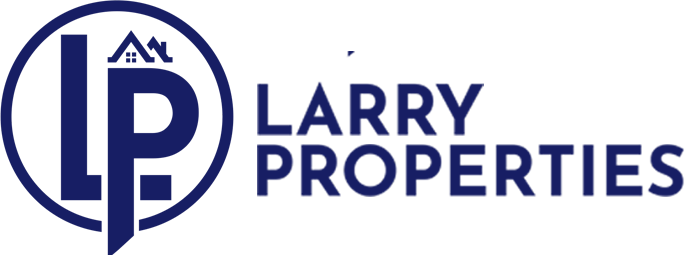
Cash-based accounting is much simpler than accrual basis accounting. In cash-based accounting, you record revenue when you receive it, and record payments when they are made. This method is usually limited to small businesses in the service industry that has no inventory. Smart accounting software automates data entry and even follows up with customers regarding payments on your behalf. Instead of organizing and manually typing data into your accounts, the numbers can flow in automatically from your bank and with the help of data capture tools. Automation solves the major problems with accounting data entry by saving time, reducing costs and eliminating human error.
- If you don’t look at key numbers and try to understand them after updating them, you’ll be missing a trick.
- As a sole trader, it’s easy to get caught up in the day-to-day operations of the business, leaving little time for financial management.
- You can do a lot with these transactions once they appear in a register.
- Bookkeeping programs offer features like automatic bank statement imports, invoice management, and profit and loss reporting.
- So, small business accounting software separates them into expense types.
Still, Brightbook is a solid option for freelancers or independent contractors — specifically creative professionals. It’s a little bare-bones, but it still covers a lot of bases that other options on this list might have stuck behind paywalls. And while those upper-tier plans are reasonably priced, they’re obviously not what someone who wants a free plan is looking for. Again, the solution itself is sound, but if you want a free program that will remain free as you scale, you should look elsewhere. Wave Accounting is one of the more tested, reliable options listed here.
Bookkeepers record the sales, expenses, cash and bank transactions of the business in a general ledger. OneUp offers five plans, with all plans including the same features and pricing based solely on the number of users. A perfect fit for self-employed business owners is the Self plan, which supports one user and is $9/month with all features included.
Switching is simple
By forecasting future cash flows based on current trends in revenue and expenses, you can make informed decisions about investments or other financial commitments. Expenses incurred during running your business need to be recorded too so that you can monitor them effectively. This includes receipts or invoices for rent payments, supplies purchased such as stationery or office equipment like computers or printers.
In addition to tracking inventory levels, you should also monitor assets such as equipment and vehicles used for business purposes. Keeping accurate records of assets allows for better planning when it comes time for maintenance or replacement. In Australia, for example, businesses are required to track GST separately from other sales taxes. Once your chart of accounts is set up, it’s important to keep it organised and updated. For the very smallest businesses, Wave if the best free accounting software.
Wave
Integrated payroll and double-entry accounting support make it a potential option for small businesses with a few employees, though there are better choices for those companies. And because it has a simple user interface, even financial novices could use it. The program is essentially designed to democratize accounting software.

It also features a client portal — allowing you to share the transactions and invoices with your clients and accept bulk payments. Akaunting boasts a base of over 270,000 users and is available in over 50 languages, making it one of the most popular, wide-reaching open-source solutions on this list. Ultimately, Lendio is a straightforward, effective bookkeeping software with a free plan that can suit the needs of several small businesses.
Without proper organisation, it can be easy to lose track of expenses and miss out on potential tax deductions. This is why it’s crucial to establish a system for organising your receipts and invoices from the very beginning. If you decide to go with a computerised system for your sole trader bookkeeping needs, then selecting the right accounting software is essential. There are many options available on the market today, each with their own features and price points. When choosing accounting software for your business, consider what features you need most.
Easy and Intuitive Bookkeeping Software for Sole Traders
Take control of your business accounting with the help of these integrations. The all-new Accounting Software for Sole Traders from FreshBooks empowers you to spend less time and energy on your business bookkeeping. It’s essential to have a clear understanding of what will be audited so that you can focus on those areas during preparation. You will also need to set aside ample time for the process as audits can take anywhere from several days to several weeks depending on their complexity. Early setup involves creating an account and answering questions like when your fiscal year starts and what type of business you have.
As with bank account reconciliations, regular reconciliation of credit card accounts is a vital aspect of effective sole trader record keeping and managing cash flow as a sole trader. Take time each month to reconcile all accounts and review statements for any unusual activity or fraudulent charges. This not only saves time but also reduces the risk of losing important documents.
- Xero is a good choice for self-employed individuals, as well as those with small and growing businesses.
- In cash-based accounting, you record revenue when you receive it, and record payments when they are made.
- This process provides HMRC with accurate information about your income and expenses, ensuring you are taxed correctly.
- While much of your daily accounting work probably involves paying bills, sending invoices, and recording payments, you also need to keep a close eye on your bank and credit card activity.
Having updated and accurate records ready before auditors arrive will save you time and help in identifying any areas where improvements are needed to adhere better to AASB standards. Additionally, accurately tracking outstanding items like bad debts will help manage inventory as a sole trader effectively while maintaining proper financial reporting standards for tax purposes. By following these tips, you can ensure that your sole trader record keeping is in order and that you’re making the most of your business’s financial resources. Monitoring cash inflows and outflows ensures that all transactions are accurately recorded, while budgeting helps plan for future expenses.
Budgeting for Future Expenses: Plan Ahead for Financial Success
This includes purchases, bills, and any other costs incurred for your business operations. Keep receipts and invoices organised, categorise expenses appropriately, and note down the purpose of each Sole trader bookkeeping expense. While it’s not a legal requirement for a sole trader to have a separate business bank account, there are significant advantages to keeping your business and personal finances separate.
If you need a relatively short-term bookkeeping solution with a reasonable upgrade fee, Sunrise’s free plan is worth checking out. It also covers certain invoicing and quote-related bases — plus the ability to accept payment via credit card or PayPal. It’s a powerful, easy-to-use solution, but its free plan is extremely free plan-ish.
Ditching spreadsheets for business accounting software can help you organize your financial documents and statements, reduce headaches during tax season, and remove unnecessary manual work. You can connect nearly 10,000 different bank and credit card accounts with Wave, so your financial transactions import automatically to make your bookkeeping simple. Have an eye on the big picture so you can make better business decisions.
Start by reviewing historical records such as profit-and-loss statements from prior years or similar businesses in your industry to identify trends and set realistic revenue and expense goals. Monitoring your cash inflows and outflows is crucial for maintaining healthy finances. As a sole trader, it’s easy to get caught up in the day-to-day operations of the business, leaving little time for financial management. As a sole trader, it’s essential to have a clear understanding of your cash flow. A cash flow statement provides an overview of your business’s inflows and outflows of cash over a specific period.
Join 41,000+ Fellow Sales Professionals
Recording sales involves documenting all revenue earned from selling goods or services. Also consider whether cloud-based or desktop-based software is better suited for your needs. Cloud-based software offers more flexibility as it can be accessed from anywhere with an internet connection while desktop-based software may offer more security. Look for software that has those features included or allows integrations with other programs. Computerised systems may require more initial investment, but they save time in the long run and are more accurate.
Uncomplicated navigation, an attractive, intuitive UI, and exceptional mobile access add to its appeal. It’s missing some features that competitors offer, and it includes some language and concepts that rivals keep in the background, but it’s a solid, inexpensive solution. ZipBooks is a web-based financial software with a solid suite of accounting features. The company offers a free plan called ZipBooks Starter — an option that includes basic bookkeeping functionality, along with profit, loss, and balance sheet reporting. Boost your efficiency and focus on your core business activities by partnering with an online accountant near you.

